Table of Contents
Introduction to the World of Hot Peppers
Hot peppers have been a staple in cuisines around the world for centuries. From the smoky heat of chipotle to the fiery punch of ghost peppers, these little powerhouses bring flavor, heat, and character to every dish they touch. Whether you're an amateur enthusiast or a seasoned spice professional, understanding the different types of hot peppers is essential for unlocking new culinary experiences.
But let's be honest—when it comes to peppers, there are so many varieties that it can be overwhelming. That's where this types of hot peppers chart comes in handy. It's your go-to guide for identifying, using, and even avoiding the most popular and powerful peppers out there.
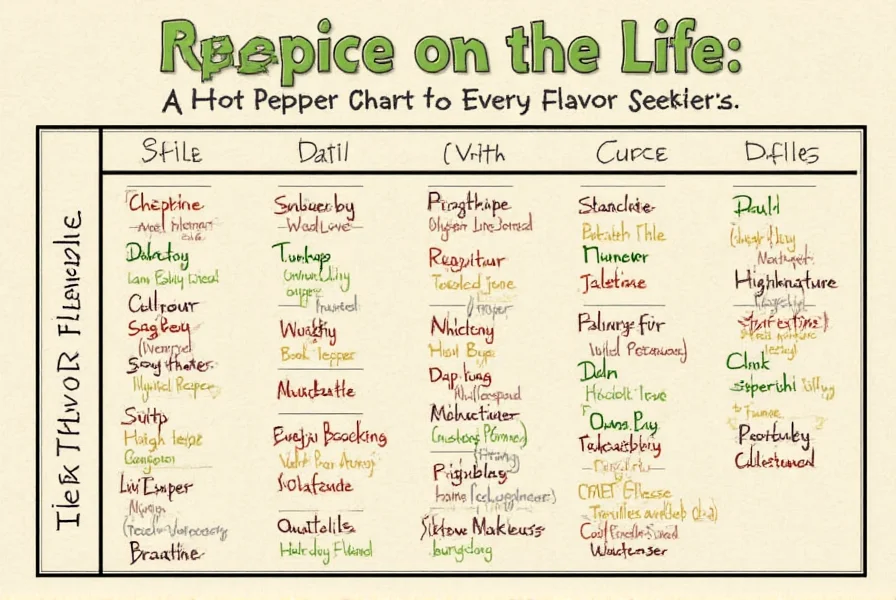
The Ultimate Hot Pepper Chart
Here's a detailed breakdown of some of the most common hot peppers, their Scoville Heat Units (SHU), and what makes each one unique. This types of hot peppers chart will help you navigate the spicy spectrum like a pro.
| Pepper Name | Scoville Heat Units (SHU) | Description | Best Uses |
|---|---|---|---|
| Jalapeño | 2,500 – 8,000 | Mild to medium heat with a grassy, slightly sweet flavor. | Used in salsas, tacos, and stuffed peppers. |
| Serrano | 10,000 – 25,000 | Stronger than jalapeños, with a more intense flavor. | Great for salsas, guacamole, and chili. |
| Chipotle | 1,000 – 8,000 | Dried and smoked jalapeño with a deep, smoky flavor. | Perfect for adobo sauces, stews, and marinades. |
| Habanero | 100,000 – 350,000 | Very hot with a citrusy, fruity flavor. | Use in hot sauces, moles, and Caribbean dishes. |
| Bell Pepper | 0 – 100 | Mild and sweet, no heat at all. | Excellent in salads, roasting, and stuffing. |
| Ghost Pepper | 850,000 – 1,040,000 | Extremely hot with a sweet and fruity aroma. | Use sparingly in curries, chutneys, and spicy snacks. |
| Carolina Reaper | 1,400,000 – 2,200,000 | The hottest pepper in the world, known for its intense heat. | For extreme heat lovers only—use with caution. |
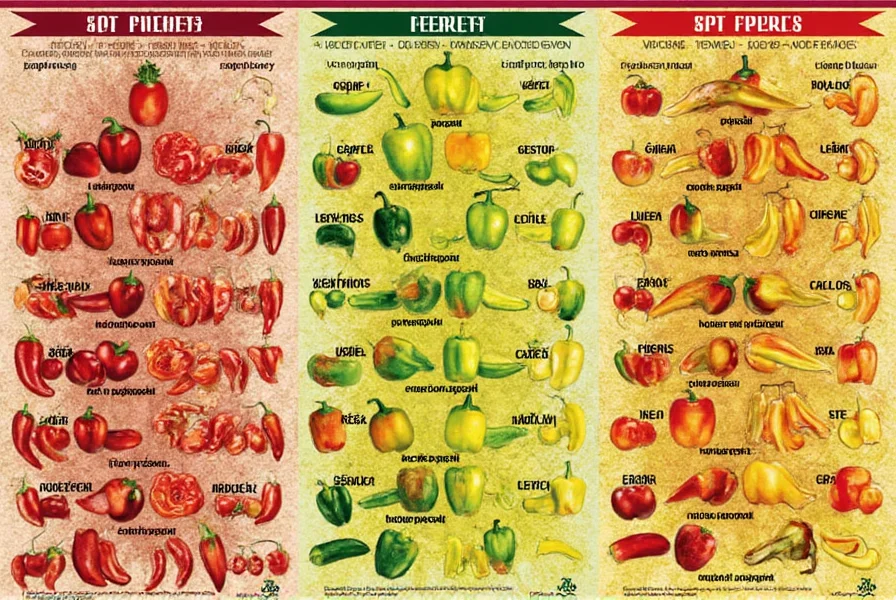
Practical Tips for Handling and Cooking with Hot Peppers
Whether you're a beginner or a seasoned chef, handling hot peppers requires a bit of care and know-how. Here are some practical tips to keep your hands (and your kitchen) safe while enjoying the heat:
- Wear gloves when cutting or handling hot peppers to avoid skin irritation.
- Wash your hands thoroughly after touching peppers, especially before touching your face or eyes.
- Remove the seeds and membranes if you want to reduce the heat level.
- Use a sharp knife to minimize the release of capsaicin oils, which cause the burning sensation.
- Cook them slowly to mellow out the heat and bring out their natural flavors.
- Pair with cooling ingredients like yogurt, avocado, or dairy products to balance the heat.

Your Buying Guide to Hot Peppers
When it comes to buying hot peppers, there are several factors to consider—whether you're shopping at a local market, a specialty store, or online. Here's a breakdown of the best options for different needs and occasions:
1. Fresh Peppers
Features: Vibrant color, crisp texture, and fresh flavor.
Advantages: Best for immediate use, such as in salsas, stir-fries, or grilled dishes.
Use Cases: Ideal for cooking enthusiasts who enjoy experimenting with different heat levels.
Target Audience: Home cooks, chefs, and foodies who prefer fresh ingredients.
Suitable Occasions: Weekends, dinner parties, or casual meals.
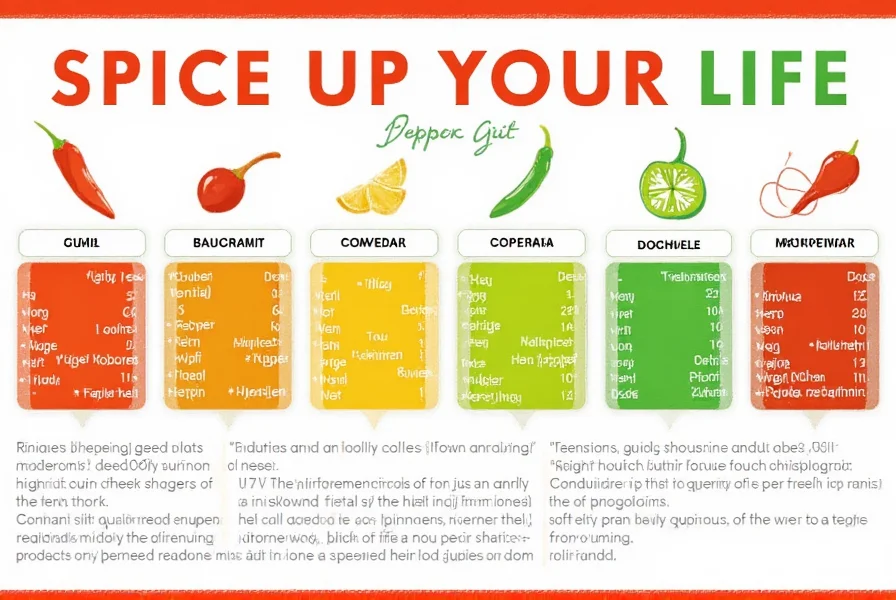
2. Dried Peppers
Features: Intense flavor, longer shelf life, and versatility in cooking.
Advantages: Great for making powders, pastes, or infusions.
Use Cases: Perfect for making homemade hot sauces, chili powders, or spice blends.
Target Audience: Spicy food lovers and those interested in DIY seasoning.
Suitable Occasions: Holiday cooking, gift-giving, or special events.
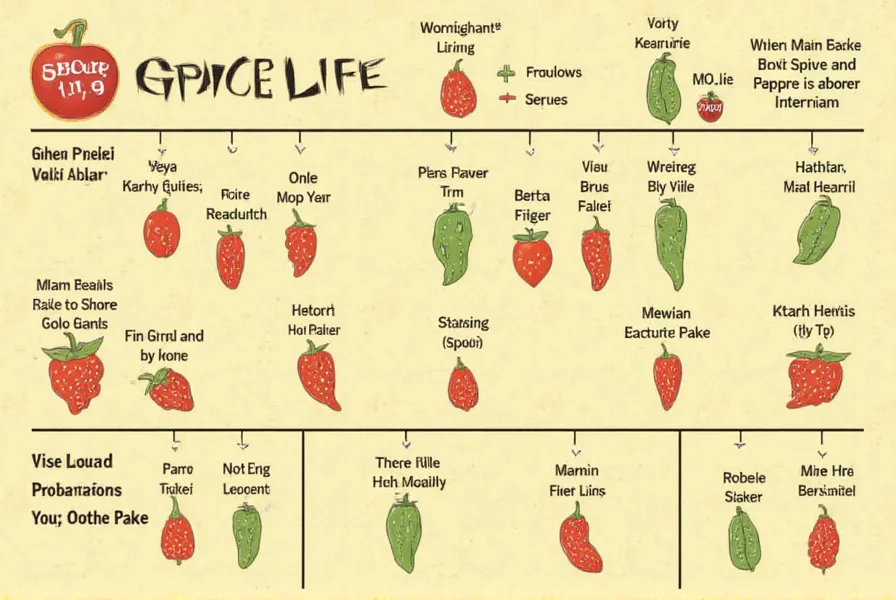
3. Frozen Peppers
Features: Convenient, pre-cut, and ready to use.
Advantages: Save time and maintain freshness without the hassle of preparation.
Use Cases: Use in soups, stews, or frozen recipes where convenience matters.
Target Audience: Busy individuals or those looking for quick meal solutions.
Suitable Occasions: Weeknight dinners, meal prep, or on-the-go meals.
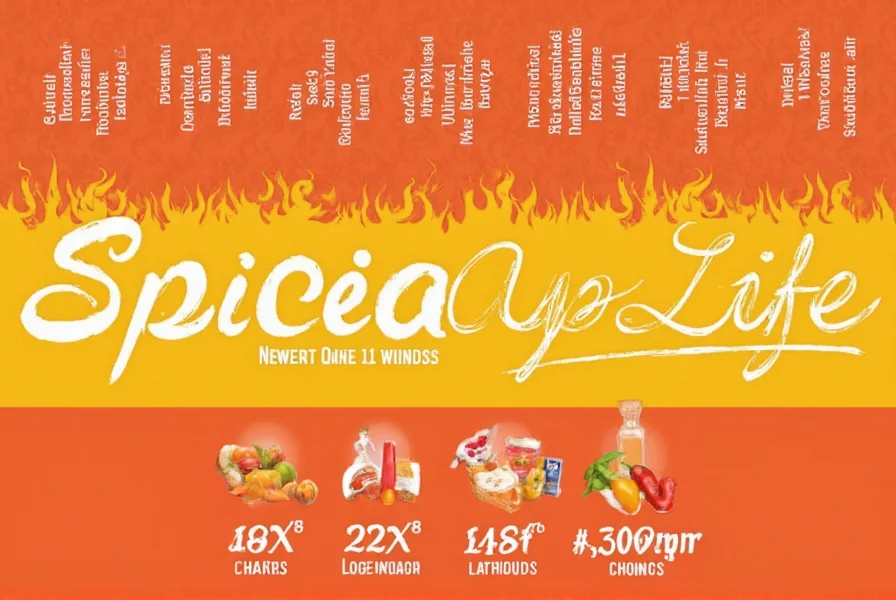
4. Pepper Seeds and Powders
Features: Concentrated heat, easy to store, and versatile.
Advantages: Ideal for creating custom spice blends or adding heat to any dish.
Use Cases: Use in rubs, seasonings, or to enhance the heat of other dishes.
Target Audience: Spice collectors, home cooks, and culinary professionals.
Suitable Occasions: Seasonal cooking, holiday baking, or gourmet presentations.
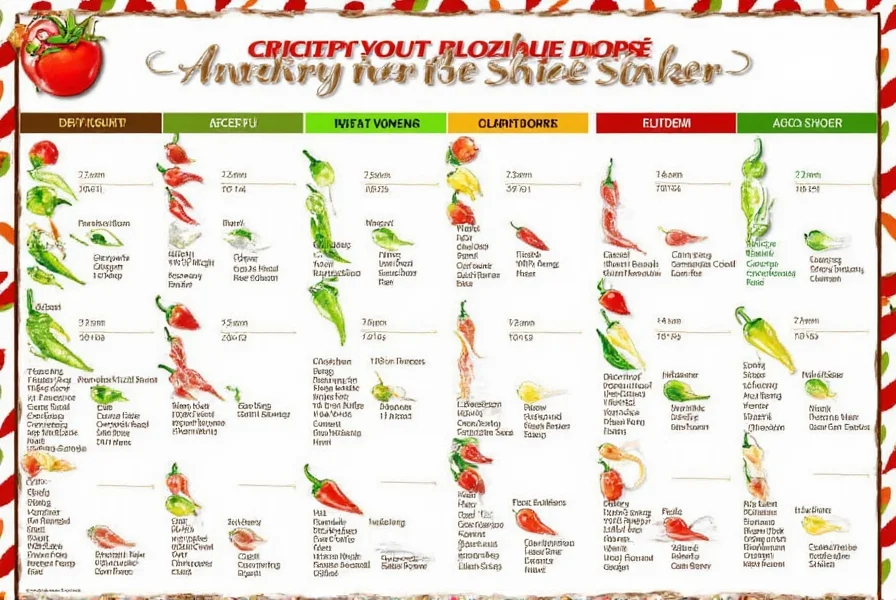
Frequently Asked Questions About Hot Peppers
What is the Scoville scale and how does it measure pepper heat?
The Scoville scale measures the heat level of peppers in Scoville Heat Units (SHU), which indicates the concentration of capsaicin - the compound responsible for spiciness. Developed by Wilbur Scoville in 1912, the scale ranges from 0 SHU for bell peppers to over 2 million SHU for the hottest varieties. Our hot peppers chart uses this standardized measurement to help you understand and compare the heat levels of different peppers.
What's the difference between mild, medium, and hot peppers?
Mild peppers (0-5,000 SHU) like bell peppers and poblanos offer flavor without significant heat. Medium peppers (5,000-30,000 SHU) such as jalapeños and serranos provide noticeable heat that most people can handle. Hot peppers (30,000+ SHU) including habaneros and ghost peppers deliver intense heat that only spice enthusiasts typically enjoy. Our types of hot peppers chart categorizes these heat levels to help you choose appropriately for your tolerance.
How can I reduce the heat of a pepper when cooking?
To reduce heat, remove the seeds and white membranes (placenta) where most capsaicin is concentrated. Soaking chopped peppers in salt water or vinegar can also tame the heat. Cooking peppers slowly helps mellow their intensity, and pairing them with dairy products, avocado, or acidic ingredients like lime juice can balance the spiciness in your final dish.
Which hot pepper is best for beginners?
For beginners, jalapeños are the perfect starting point as they offer mild to medium heat (2,500-8,000 SHU) with a pleasant grassy flavor. Poblanos (1,000-2,000 SHU) and chipotles (1,000-8,000 SHU) are also good options. These peppers provide noticeable heat without being overwhelming, allowing new spice enthusiasts to gradually build their tolerance while enjoying the distinctive flavors each pepper offers.
How should I store hot peppers to keep them fresh?
Fresh peppers can be stored in the refrigerator's vegetable drawer for 1-2 weeks. For longer storage, place them in a paper bag or perforated plastic bag to maintain humidity without excess moisture. You can also freeze whole peppers for up to 6 months (they'll be softer when thawed but retain flavor). Dried peppers should be kept in airtight containers away from light and heat for up to a year.
What's the world's hottest pepper according to the chart?
According to our hot peppers chart, the Carolina Reaper currently holds the title of world's hottest pepper, measuring between 1,400,000 and 2,200,000 Scoville Heat Units. It surpassed the previous record holder, the Trinidad Moruga Scorpion. The Ghost Pepper (850,000-1,040,000 SHU) is also extremely hot but ranks below the Carolina Reaper. These super-hot peppers should be handled with extreme caution and used sparingly in cooking.
Conclusion
From mild to mind-blowing, the world of hot peppers offers something for everyone. With the right knowledge and tools, you can safely explore the heat and flavor that each variety brings to the table. Whether you're using them in everyday cooking or for special occasions, the types of hot peppers chart is your ultimate reference to make informed choices and elevate your culinary skills.
So next time you reach for a pepper, take a moment to check the chart. You might just discover your new favorite spice—or a reason to grab a glass of milk!
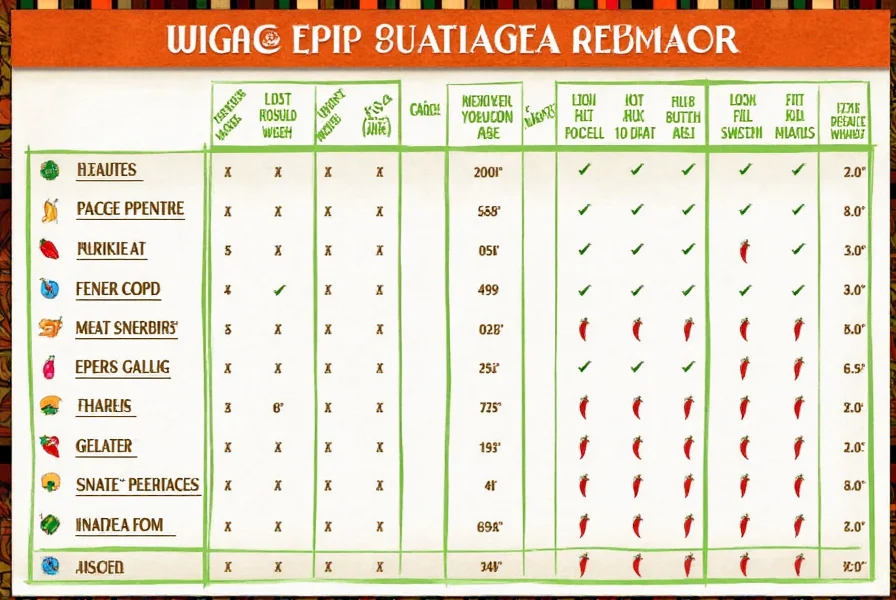

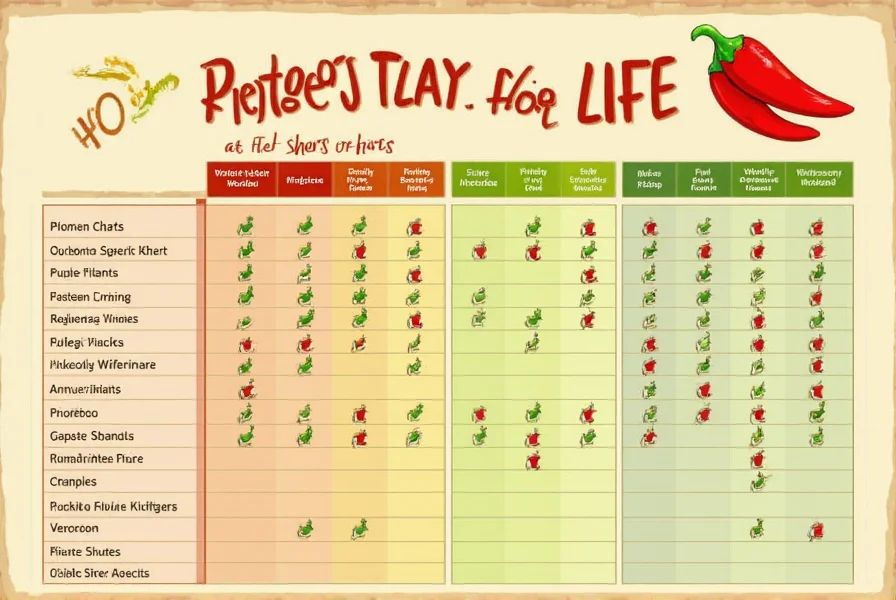









 浙公网安备
33010002000092号
浙公网安备
33010002000092号 浙B2-20120091-4
浙B2-20120091-4